Asbestos in Insulation
Since a Canadian ban on products containing asbestos only came into effect in 2018, there are many homes and commercial properties out there with the toxic material in their insulation. This is why getting a professional asbestos test from our team is critical; it’s better to know than to fall prey to health risks later in life! Here’s how to tell if there’s asbestos in your insulation.
Due to this regulatory vacuum, construction companies have been using materials containing asbestos up until very recently. For this reason, asbestos is hidden in many household building materials, including tiles, shingles, paints, carpets and even insulation.
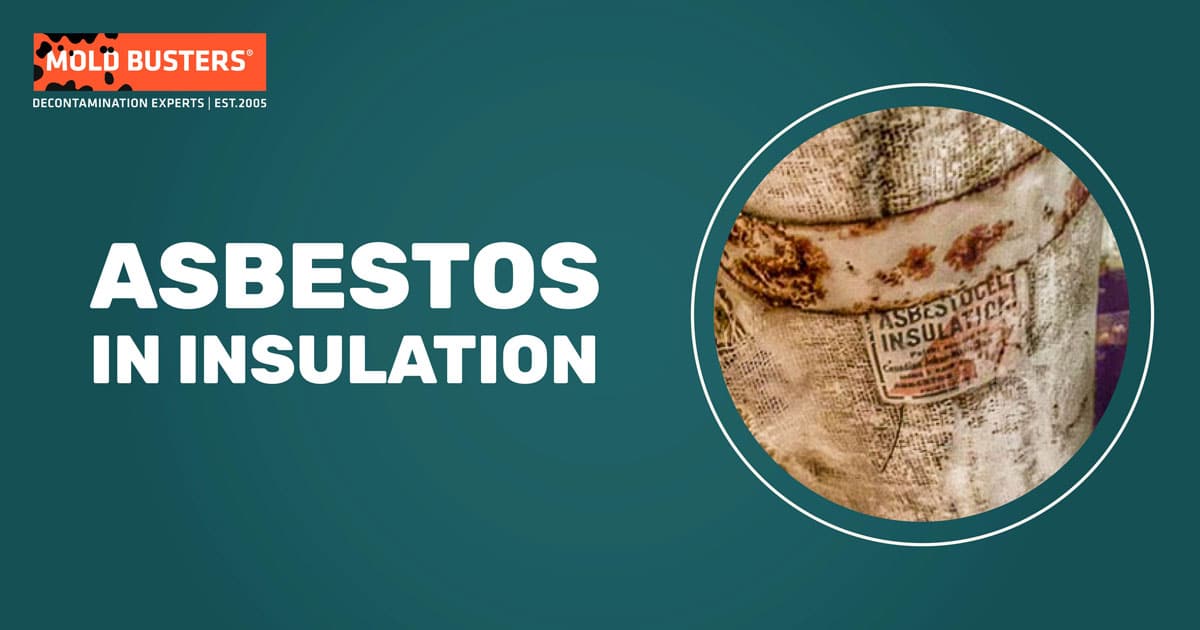
What types of insulation contain asbestos?
Knowing that asbestos is extremely hazardous to human health, you may wonder why construction products contain it at all. The short answer is that it is a cheap and effective flame retardant.
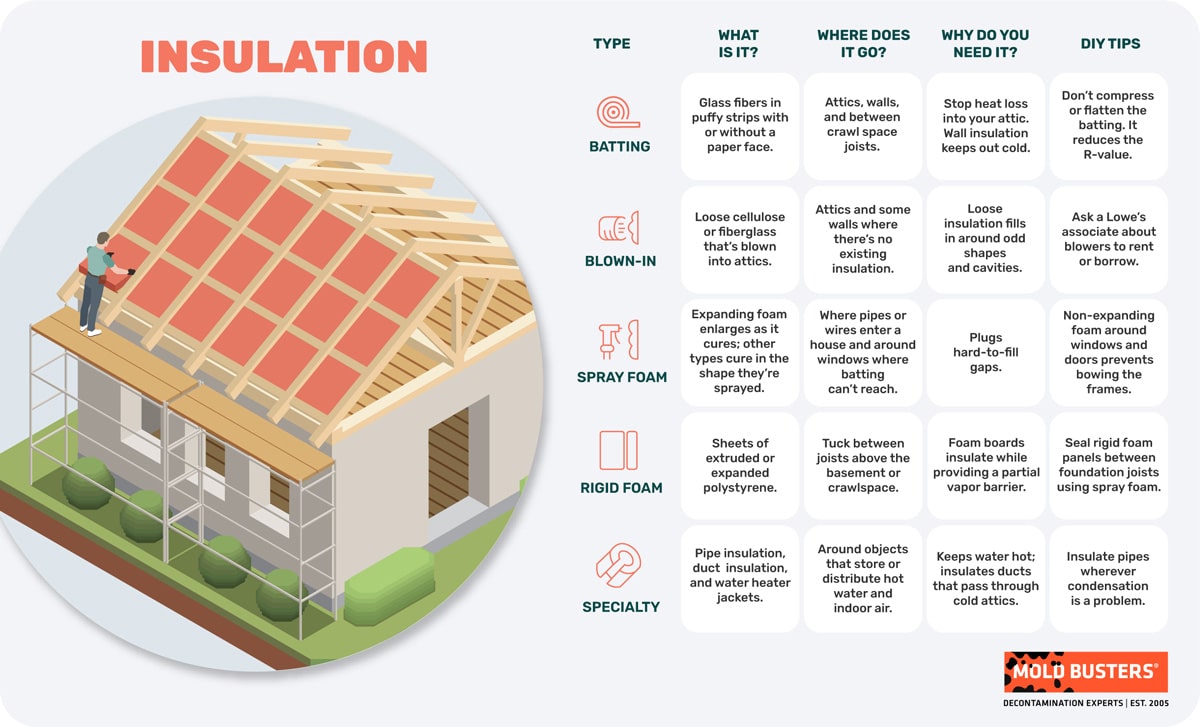
It is popular as an ingredient in insulation because the insides of walls are a perfect environment for fires to start. Faulty wiring can produce sparks, wooden beams provide fuel and insulation traps in heat, accelerating the growth of a fire. Considering these risks, asbestos insulation actually makes a lot of sense because it reduces the risk of fire where many fires start: inside walls. Unfortunately, the hazards of asbestos to human health far outweigh its benefits as a flame retardant.
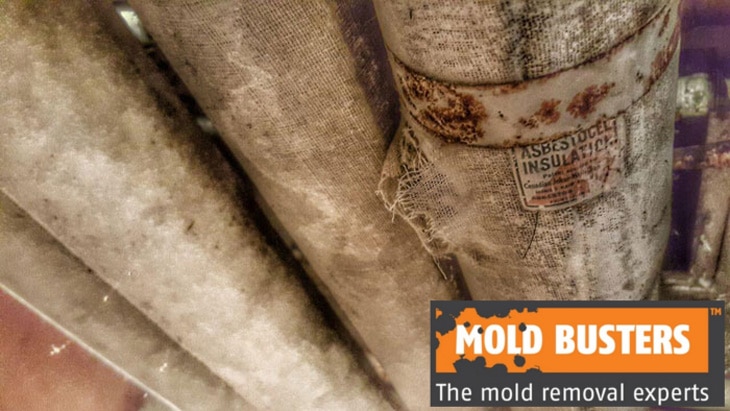
Asbestos insulation is also used anywhere else in a home where fire or heat poses some kind of risk. It is often used as insulation on boilers as well as hot water pipes. One especially popular insulation was Zonolite. It was sprayed and poured in attics as a cheap way of insulating these spaces. It was used for many years and is still present in millions of homes. The main ingredient is vermiculite, which is not especially harmful on its own, but it is almost always contaminated with asbestos because it originates from the same mines.
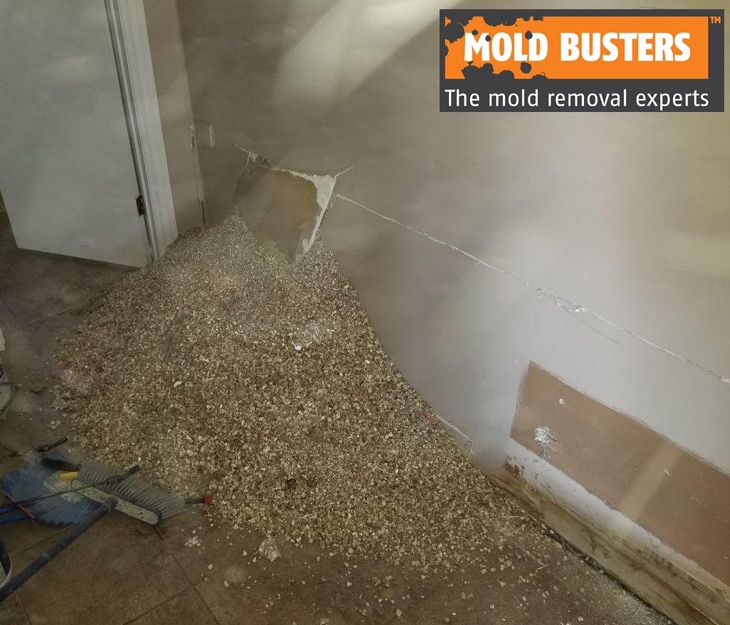
What are the dangers of having asbestos insulation in your home?
According to the Government of Canada, asbestos is safe as long as it is not disturbed. This belief has formed the basis of asbestos policy in Canada for decades and it is one of the reasons why Canada is one of the last developed countries (59th overall) in the world to ban asbestos.
But is this really true? Is asbestos in homes really safe? As the Government of Canada says, it is safe so long as you don’t disturb it, but what they don’t say is that asbestos is very, very easy to disturb. It is actually quite hard to live in a house and not disturb asbestos from construction materials.
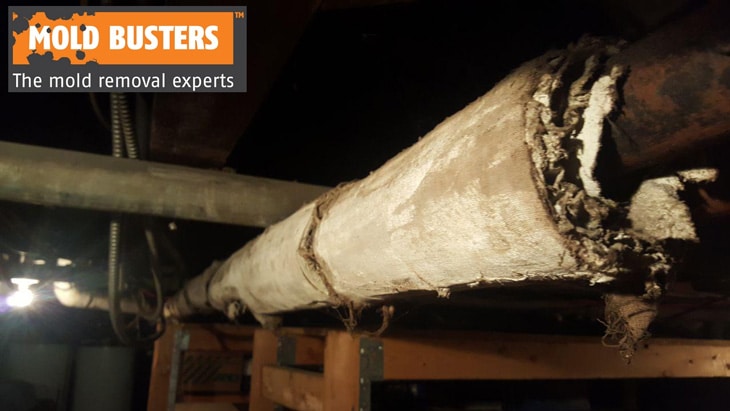
Asbestos is very friable, meaning it breaks up easily into tiny particles. These particles become airborne and can float around on air currents in your home until you or someone else inhales them. So even if asbestos insulation is sealed into your walls, installing a wall-mounted TV or even just hanging pictures can release harmful asbestos particles into the air.
If mice, squirrels or other pests get into your walls, asbestos particles can get lodge in their fur and will be carried into your ducts or other areas of your home. And don’t even think about renovating! Breaking down even a small section of a wall with asbestos insulation could make your home unlivable until asbestos remediation professionals have removed the hazardous materials.
How can you identify asbestos insulation?
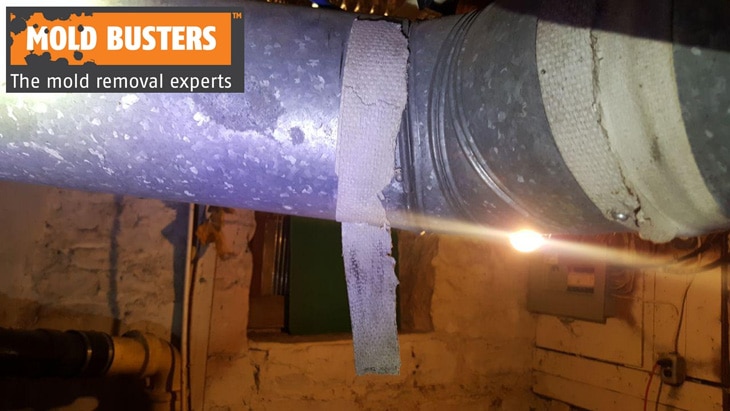
There is no one surefire way to determine whether insulation contains asbestos. It was used by countless companies in thousands and thousands of products for decades. You will never be completely certain that your home has no asbestos until it has been inspected by a qualified professional. However, there are some tricks to identifying asbestos insulation.
- Zonolite is one of the most easily identifiable types of insulation containing asbestos. It is often grey and has a grainy consistency, much like gravel. It is usually applied without any sealant or covering, so it can be identified easily upon visual inspection.
- Other types of asbestos insulation are harder to identify. If product markings are visible on the insulation, they may identify the brand and model of insulation. Once you identify this information, you may be able to contact the company and find out what ingredients your insulation contains.
- You can also check with the construction company that built your house and ask if any of the insulation contains asbestos. However, the company that made the insulation or built the house may no longer be in business, so it may not be possible to get any information about the insulation used in your home.
- You should also consider that exploring parts of your home that may contain asbestos is potentially very dangerous. Entering your attic or getting inside your walls could break up asbestos insulation and fill the air with asbestos particles, exposing you and your loved ones to considerable health risk.
The only way to be certain about whether or not your insulation contains asbestos is to have qaulified professionals undertake asbestos testing. They have the training and expertise to not only identify areas of your home that could contain asbestos but do so safely.
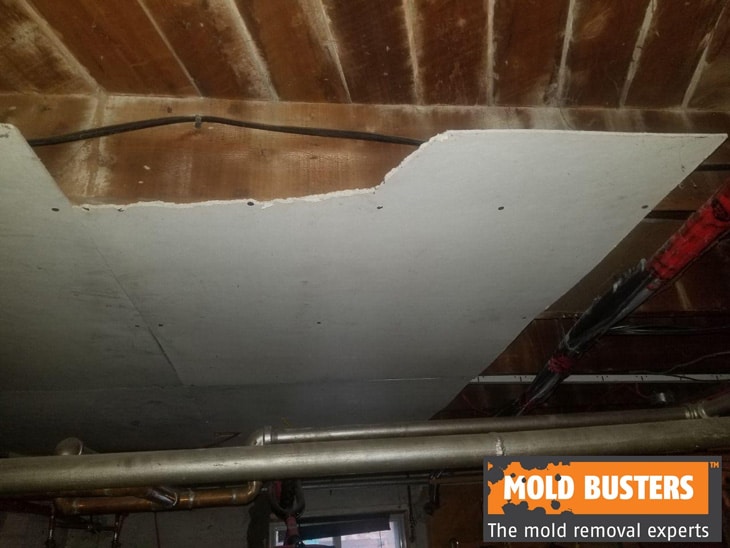
Mold Busters collects air samples as well as samples of insulation and has these samples tested at an independent third-party laboratory. Our qualified specialists are also fully certified and comply with all relevevant industrial standards.
How can you remove asbestos insulation?
Removing asbestos insulation is very hazardous. Disturbing it releases asbestos fibers into the air, which can spread rapidly throughout your house. If removal is not done properly, it may expose you to more asbestos fibres and actually make the problem worse than if you had left it alone.
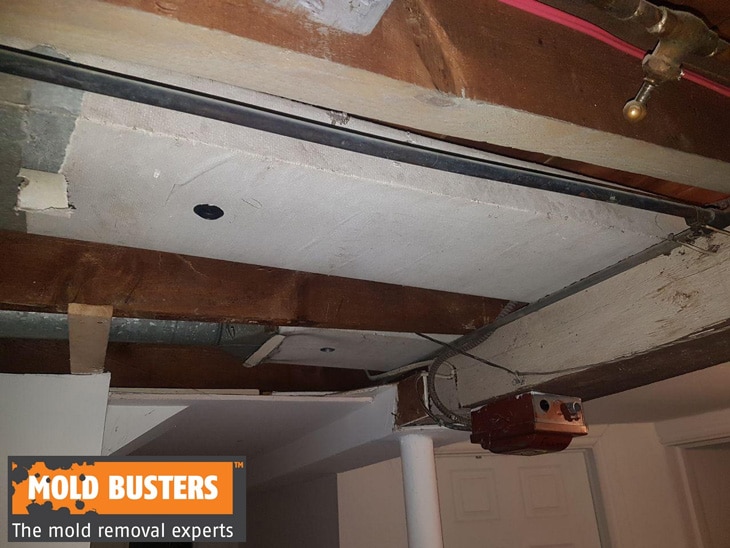
Unlike mold, where smaller quantities can be safe to remove on your own, you should never try to remove asbestos on your own. You should always hire qualified professionals to remove any asbestos insulation you may have in your home. They have the training, knowledge and equipment to remove asbestos insulation safely and ensure that asbestos doesn’t spread to other parts of your house over the course of removal.
Conclusion
Asbestos insulation has been used broadly for decades in home construction, so the chances of it being in your walls, attics or covering your appliances are fairly high. You won’t know whether or not your home contains asbestos insulation until you have had it inspected by qualified professionals. If asbestos insulation has been found, you must have it removed by professionals. Find out today if your home is in need of asbestos testing or removal.

Get Special Gift: Industry-Standard Mold Removal Guidelines
Download the industry-standard guidelines that Mold Busters use in their own mold removal services, including news, tips and special offers:
Published: May 1, 2023

Written by:
John Ward
Account Executive
Mold Busters
Fact checked by:
Michael Golubev
CEO
Mold Busters
